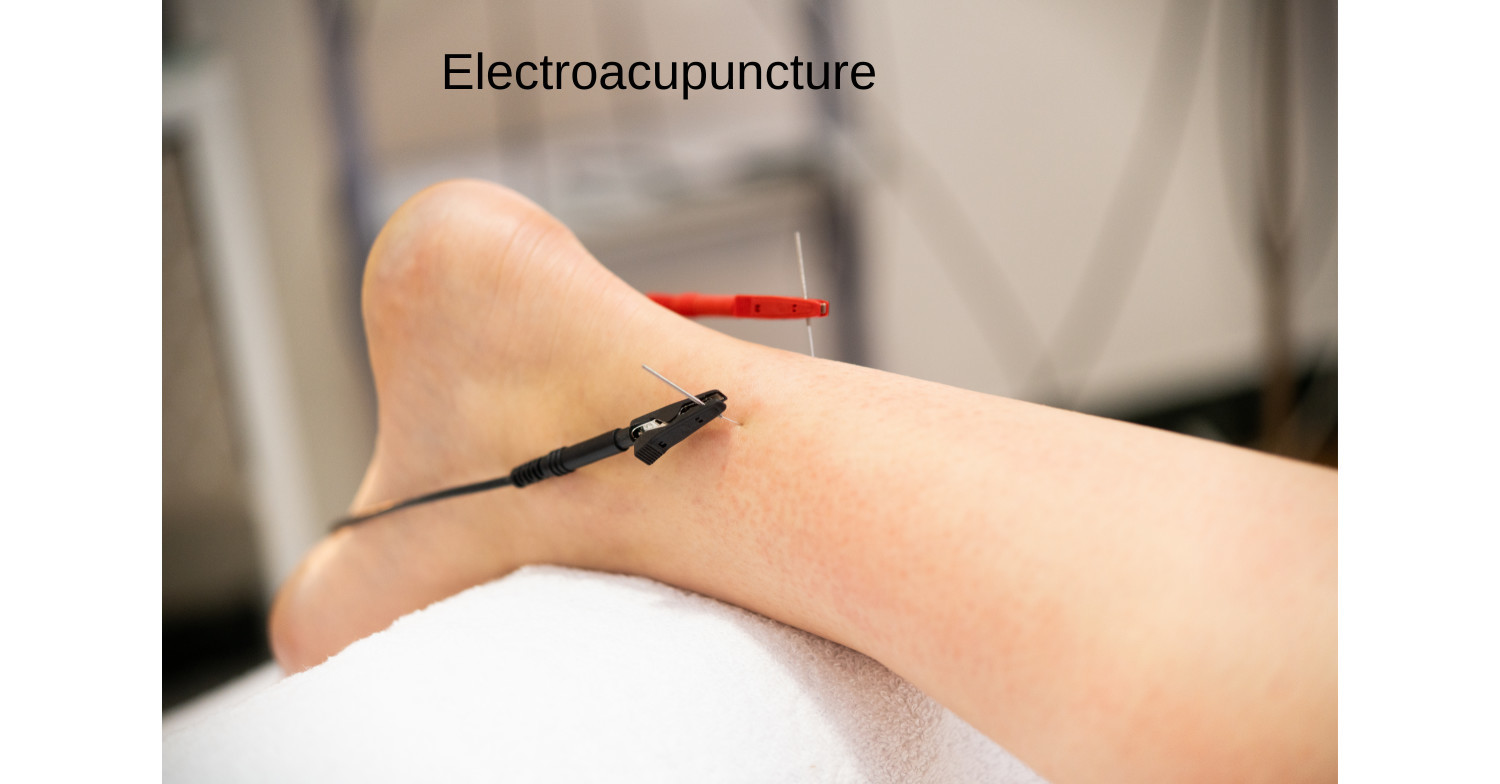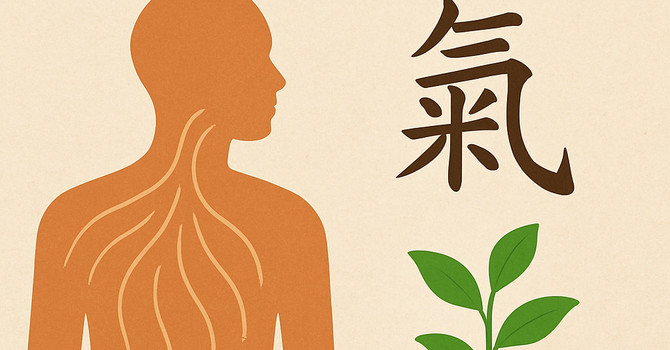
Overactive bladder (OAB) is a common condition characterized by a sudden, uncontrollable urge to urinate, often leading to frequent bathroom visits and sometimes incontinence. This condition can significantly affect the quality of life, causing embarrassment, stress, and inconvenience. While traditional treatments such as medication and behavioral therapy are available, electroacupuncture, particularly through tibial nerve stimulation, is emerging as an effective alternative with minimal side effects.
What is Tibial Nerve Stimulation?
Tibial nerve stimulation (TNS) involves stimulating the tibial nerve, which runs from the ankle to the lower spine, influencing bladder function. This is typically achieved using a small electrical current applied via needles inserted near the ankle, targeting the nerve. Electroacupuncture enhances this stimulation, offering a non-invasive approach to managing OAB.
How Does It Work?
The tibial nerve shares a pathway with the nerves that control bladder function. By stimulating the tibial nerve, electroacupuncture can modulate the activity of the nerves responsible for bladder control, reducing the symptoms of OAB. This form of therapy can help regulate the bladder's signaling pathways, decreasing the frequency and urgency of urination.
Research Supporting Electroacupuncture for OAB
A study published in the Journal of Urology explored the efficacy of electroacupuncture in treating OAB through tibial nerve stimulation. The study involved patients with OAB who underwent weekly electroacupuncture sessions targeting the tibial nerve. Results demonstrated significant improvements in bladder control, with patients experiencing reduced frequency of urination and fewer incontinence episodes. The study concluded that tibial nerve stimulation via electroacupuncture is a safe and effective treatment for OAB, with lasting benefits for many patients (Yokoyama et al., 2019).
Advantages of Electroacupuncture for OAB
- Non-Invasive: Unlike surgical interventions, electroacupuncture offers a non-invasive treatment option.
- Minimal Side Effects: Electroacupuncture has a lower risk of side effects compared to some medications used for OAB.
- Improved Quality of Life: Patients often report significant improvements in their quality of life, with fewer bathroom interruptions and less stress related to bladder control.
Conclusion
Electroacupuncture, particularly through tibial nerve stimulation, is a promising treatment for overactive bladder. Supported by clinical research, this approach offers a non-invasive, effective solution for those looking to manage OAB symptoms with minimal side effects.
If you or someone you know is struggling with overactive bladder, electroacupuncture may offer the relief you’ve been searching for. At our clinic, we specialize in electroacupuncture treatments, including tibial nerve stimulation, to help manage OAB and improve your quality of life. Don’t let overactive bladder control your life—take the first step towards better bladder health by scheduling an appointment with us today.
References: Yokoyama, T., et al. (2019). Tibial Nerve Stimulation Using Electroacupuncture for the Treatment of Overactive Bladder: A Randomized, Controlled Trial. Journal of Urology, 201(5), 103-110.
The content in this blog is for informational purposes only and is not a substitute for professional medical advice, diagnosis, or treatment. Always consult your doctor or a qualified healthcare provider before trying new healthcare protocols.

Danielle Murphy
Contact Me



